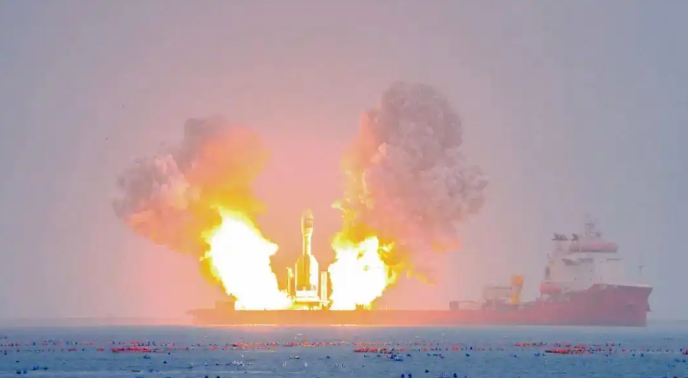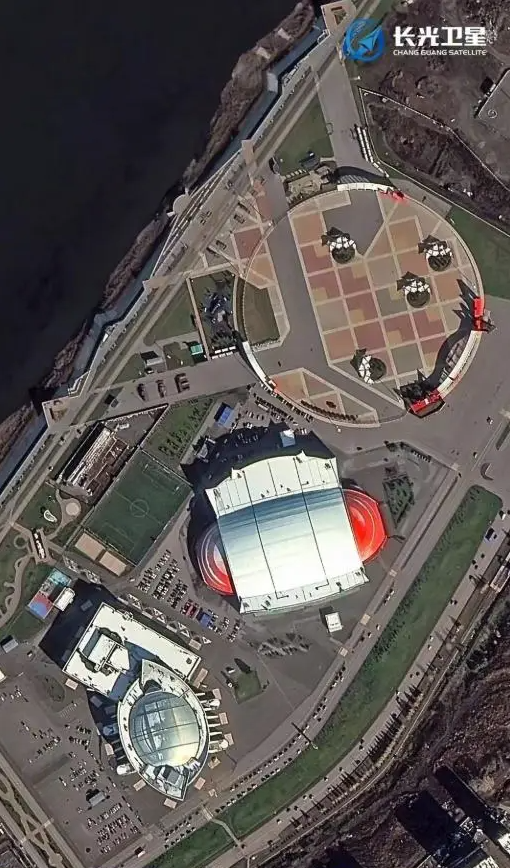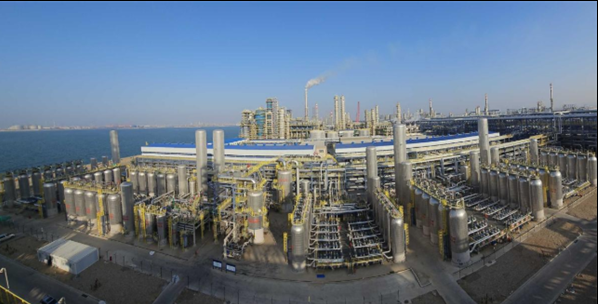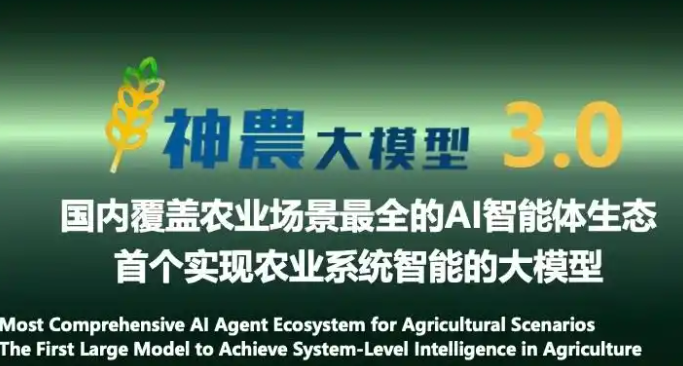On October 11, the Yinli-1 (Yao-2) launch vehicle successfully sent the onboard Jilin-1 Kuanfu (Wide-Swath) 02B07 satellite and Shuyutianxing 01-02 experimental satellites into the predetermined orbit, and the flight test mission achieved a complete success. The Yinli-1 rocket is the solid-fuel launch vehicle with the largest liftoff thrust in the world, and it is also China's first bundled-configuration launch vehicle successfully launched at sea. This mission marks the 31st launch of the "Jilin-1" satellite project. After the "Jixing" (Jilin-1) Kuanfu 02B07 satellite launched this time enters orbit, the number of networked satellites in the "Jilin-1" satellite project will increase to 141.

Amid a thunderous roar, the massive rocket soared into the sky, steadily sending the "Jiangsu Dizhi Hao" (Jiangsu Geology) remote sensing satellite into its predetermined orbit. Only three hours after the launch of the "Yinli-1" rocket on the same afternoon, this "Jiangsu Dizhi Hao" satellite had already sent back its first batch of results—a high-definition satellite image of the Kemerovo region in Russia. The image boasts an impressive resolution of 0.5 meters, with distinct and clear details of buildings on the ground. Setting off in the morning and "submitting its homework" in the afternoon, this speed is as agile as when we take a photo with our mobile phones and immediately share it on social media moments.

The world's largest pressure swing adsorption (PSA) hydrogen production unit cluster has all been put into operation. This unit cluster consists of four refinery gas PSA hydrogen production units, one high-pressure coal-to-hydrogen PSA unit, and one high-pressure heavy oil-to-hydrogen PSA unit. It has a designed total hydrogen production capacity of 105,000 standard cubic meters per hour and can produce 750,000 tons of high-quality hydrogen with a purity of 99.9% annually. The produced hydrogen is used as raw material for the entire plant's hydrogenation units and other chemical units, while the desorbed gas is fed into the fuel pipeline network as fuel gas to provide heat for the heating furnaces.

On morning of Oct 13th, the Comprehensive Research Facility for Fusion Technology (CRAFT), a key system of the fusion reactor host, achieved an important breakthrough—the prototype component of the divertor successfully passed the testing and acceptance by the expert group. Test results show that the component has a steady-state heat load capacity of 20 megawatts per square meter, and the adjacency error of the divertor target plate's plasma-facing surface is less than 1 millimeter. This marks the successful development of China's independently designed divertor prototype component, which boasts the largest international size and the highest heat load in the world.

At the opening ceremony of the 2025 World Agricultural Science and Technology Innovation Conference (WAFI), China Agricultural University (CAU) released the Shennong Model 3.0. This is currently the largest model in China that covers the most comprehensive agricultural disciplines and scenarios, with functions such as agricultural knowledge Q&A and production decision-making reasoning. Along with the release of the Shennong Model 3.0, the team simultaneously launched the "Shennong Model Intelligent Agent Platform". It has now launched a total of 36 intelligent agents in six categories, including intelligent breeding, intelligent planting, intelligent farming, remote sensing meteorology, and intelligent education. The platform provides low-code development tools, supports the rapid construction and iteration of intelligent agents, is compatible with applications developed in more than 30 programming languages, and realizes the convenient access of knowledge bases and structured data in accordance with the MCP service protocol.
